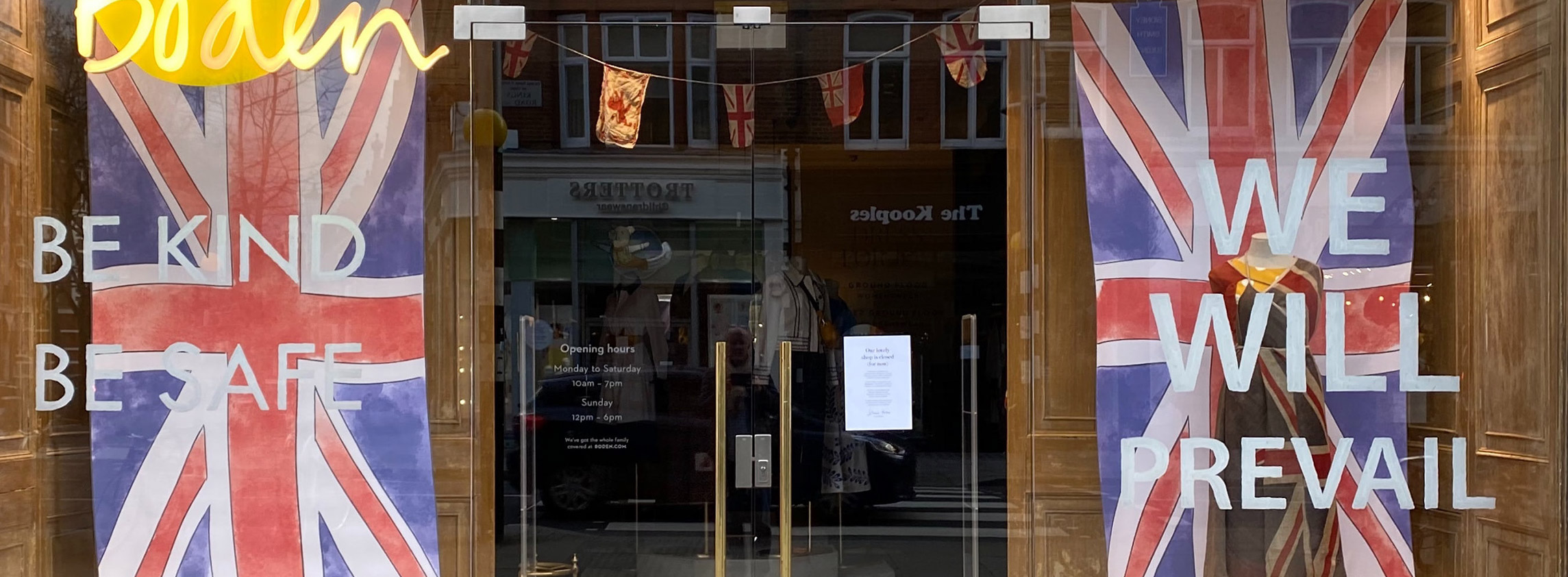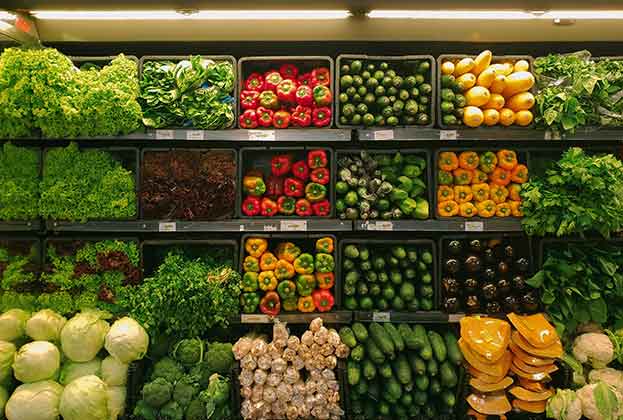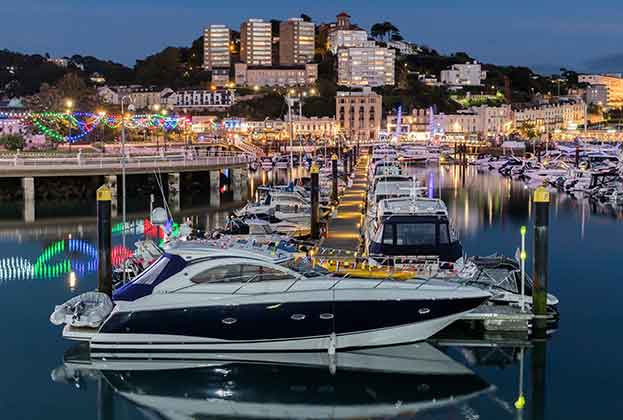How much of the UK’s retail landscape was left trading after 23 March and which areas of the market have shown the most resilience since lockdown?
Government imposed business and venue closures
A Cabinet Office mandate determines which retail and leisure operators must close and which can continue trading
In the weeks following the government imposed strict social distancing measures and with the majority of the UK’s public urged to stay at home, what was the immediate impact on the nations retail and leisure industry? Did some sectors show more resilience than others? Does this continue to be the case as some retailers begin to reopen stores?
In this report, we look at what type of retail locations had the highest proportion of essential retailers after the government imposed sanctions, and which therefore experienced the lowest trade and rental shock in the month following. We also examine whether out of town supermarkets are the biggest winners (or the smallest losers) in the immediate aftermath, as well as the strength of small-format convenience stores in serving the needs of the consumer during the pandemic.
On the 23rd March, the government stepped up its measures to prevent the spread of coronavirus and ordered that a large number of businesses and venues throughout the UK closed and remain so until further notice.
This had a dramatic effect on the nations retail and leisure industry with shops, restaurants, pubs, bars, hotels and cinemas all shutting their doors overnight alongside other institutions and places of public assembly such as libraries, community centres, places of worship, museums and outdoor recreation space.
Despite these stringent new restrictions the government made a number of important exceptions and issued a list of ‘essential retailers’ that were allowed to stay open in order to keep the public healthy, fed and properly sheltered, as well as keep the country’s key workers mobile and able to get to their place of work.
These essential retailers included supermarkets and other food shops, food delivery and takeaway services, pharmacies and chemists, opticians, off-licences, corner shops and newsagents, petrol stations, bicycle shops, home and hardware stores, launderettes and dry cleaners, car garages and MOT services, vehicle rental services, veterinary surgeries and pet shops, post offices and banks and building societies.
More and more businesses look set to reopen in the coming weeks, albeit not necessarily at their full capacity as social distancing measures are put in place that restricts the typical flow of consumer trade. However, in the month immediately following the government-sanctioned closures and with the essential retailers in mind, what was the actual impact of Covid-19 on the UK retail and leisure market? How much of our retail landscape remained open? Conversely, how much of it closed? How did this vary across different asset classes, and how has this manifested in the recent insolvency activity we have seen as a result of the pandemic? This report will crunch the numbers and provide some clarity on the situation the UK’s retail and leisure industry found itself in at the end of March, the basis from which we are currently witnessing the early shoots of trade reactivity.
Read the articles within Spotlight: The initial impact of Covid-19 on the retail and leisure market below.


.jpg)
.jpg)
.jpg)

.jpg)
.jpg)